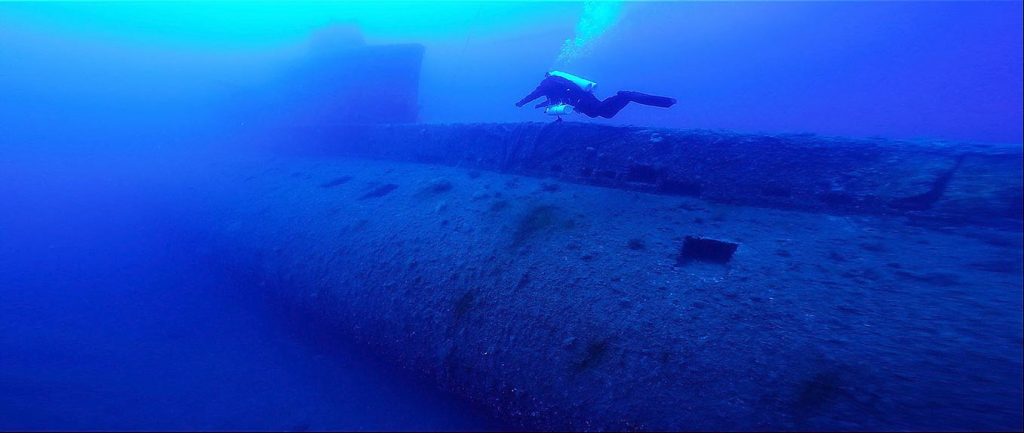
The HMS Perseus, a submarine of the British Royal Navy’s Parthian-class, surfaced from the Ionian Sea in December 1941 to become one of the most significant underwater archaeological discoveries of the 20th century. Perseus’ mission in the Mediterranean was originally intended for espionage during World War II, but its fate took a different turn before it could even begin.
On December 6, 1941, as Perseus sailed near the island of Kefalonia, it was sunk by a mine that detonated nearby. Most of the crew, including Captain John Fanshawe, lost their lives. However, an unexpected survivor, William Endicott Barnes, managed to escape the submarine and reach the surface.
Barnes’ detailed accounts of Perseus’ sinking provided crucial insights into the event, describing the moment of the explosion, the panic, and the struggle for survival as he attempted to exit the submarine. His survival was deemed a miracle, and his story became synonymous with human endurance.
Decades later, in November 1997, a team of divers rediscovered the Perseus and initiated its excavation. This discovery sparked interest in the historical and archaeological potential of the submarine. Emphasizing its value as a diving site, the dive team offered visitors a unique opportunity to engage with history and the past. Thus, the Perseus, a wartime relic, was redefined as a source for education, remembrance, and historical awareness.
The discovery of HMS Perseus has transformed it into an exceptionally important diving destination, attracting divers from around the world. Its significance goes beyond archaeology, extending to the experience it provides divers.
Diving at the site where HMS Perseus sank is not just an exploration of the depths but an immersive journey into history. The submarine acts as a time capsule, allowing divers to encounter the remains of the warship, combining modern diving with the history of World War II.
The underwater exploration of Perseus offers divers a chance to live the past, connect with the memory of war, and participate in a unique form of education. The submarine’s underwater world becomes an educational tool that revitalizes interest in history and the significance of historical events.
Divers choosing to explore the depths around Perseus experience a meeting with the past, diving into the same spaces where historical events unfolded. This experience transcends a typical dive, as divers engage in a journey not only into the depths of the sea but also into the depths of history. Consequently, Perseus stands as a unique destination for diving enthusiasts seeking to combine adventure with cultural sensitivity and historical education.

